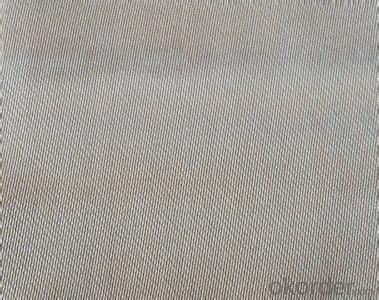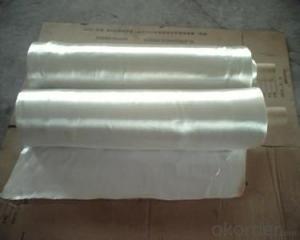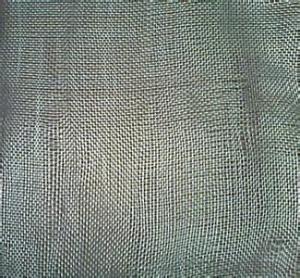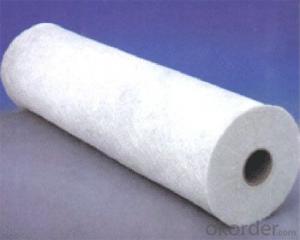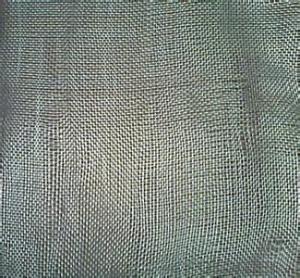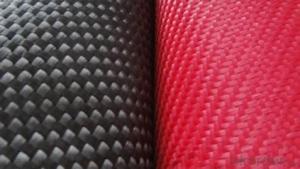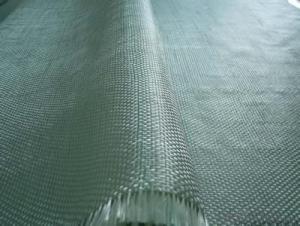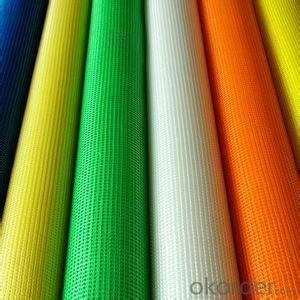Fiberglass Fabrics High Silica Cloth
- Loading Port:
- China Main Port
- Payment Terms:
- TT OR LC
- Min Order Qty:
- -
- Supply Capability:
- -
OKorder Service Pledge
OKorder Financial Service
You Might Also Like
Fiberglass silica cloth
all models are available
1. fireproof, the fire-protection rate can be achieved between B1 to A2.
2. insulation, thermal insulation, glass fiber characteristics. It has high insulation and heat-perseveration functions, which can make the indoor temperature keep constant, can greatly reduce energy loss.
3.High tensile strength.
4. waterproof, water and steam impermeable.
5. aging- resistant, the life time is very long.
6. high temperature proof. do not become deformed under the temp of 500 c.
Color can be silver, red, black and so on. According to customers' request!
Silicone is a good coating, which can make the fiberglass cloth more soft, higher tensile strengh, better fireproof.
Silica cloth is high temperature fabric used for a wide range of insulation and protection applications in industry, excellent heat resistance.
Silica cloth is a special fiberglass cloth which contains more than 96% silicon dioxide, loss on Ignition less than 10%, it can withstand continuous temperatures of 1000 D.C. for long periods of time, and instantaneous temperatures of up to 1600 D.C. The product has been used extensively in the replacement of asbestos.
Silica fabric is primarily used in hot work such as welding and burning operations. It is useful for high temperature thermal and electrical insulation in severe application environments.
- Q: Is fiberglass fabric suitable for making backpacks and bags?
- Yes, fiberglass fabric can be suitable for making backpacks and bags, but it may not be the most common or popular choice of material. Fiberglass fabric is known for its strength, durability, and resistance to fire, making it a good option for applications that require these qualities. However, fiberglass fabric may not be as flexible or lightweight as other materials commonly used for backpacks and bags, such as polyester or nylon. It can also be more expensive and less comfortable against the skin. Additionally, fiberglass fabric may require special handling and precautions during manufacturing to prevent the release of loose fibers, which can be irritating to the skin and respiratory system. Therefore, while fiberglass fabric can be suitable for making backpacks and bags in certain situations, it may not be the most practical or comfortable choice for everyday use or for individuals with specific needs or sensitivities.
- Q: What are the different fabric coatings available for fiberglass fabric?
- There are several different fabric coatings available for fiberglass fabric, including silicone rubber, polyurethane, vinyl, acrylic, and PTFE (Teflon). These coatings provide various benefits such as increased flexibility, abrasion resistance, heat resistance, chemical resistance, and waterproofing properties.
- Q: How do fiberglass fabrics perform in terms of abrasion resistance?
- Fiberglass fabrics are known for their exceptional abrasion resistance properties. Due to the nature of the material, which consists of fine fibers of glass woven together, they offer high resistance to wear and tear caused by rubbing or scraping against rough surfaces. This makes fiberglass fabrics highly durable and suitable for applications that require protection against abrasion, such as industrial and automotive sectors. Additionally, fiberglass fabrics often have a smooth surface finish, further enhancing their ability to withstand friction and maintain their integrity over time. Overall, fiberglass fabrics are considered to be excellent performers in terms of abrasion resistance.
- Q: How is fiberglass fabric used in the production of sports helmets?
- Fiberglass fabric is commonly used in the production of sports helmets due to its unique properties that make it an ideal material for this purpose. Firstly, fiberglass fabric is known for its strength and durability. It provides excellent impact resistance, which is crucial for protecting the head during sports activities where collisions and falls are common. The production process involves several steps. The fiberglass fabric is first layered and molded into the desired helmet shape using a combination of heat and pressure. This allows the fabric to conform to the specific contours and curves required for a comfortable and secure fit. Furthermore, fiberglass fabric is lightweight, making it an excellent choice for sports helmets. It does not add unnecessary weight to the user's head, ensuring comfort and reducing fatigue during prolonged use. Additionally, the lightweight nature of fiberglass fabric allows for greater maneuverability and agility, which is especially important in fast-paced sports. Another significant advantage of using fiberglass fabric in sports helmets is its resistance to water and moisture. This property ensures that the helmet remains intact and functional even in wet conditions, such as during water sports or heavy sweating. Moreover, fiberglass fabric is resistant to UV radiation, preventing degradation and maintaining the helmet's structural integrity over time. Lastly, fiberglass fabric offers opportunities for customization and design flexibility. It can be easily combined with other materials or coatings to enhance specific features of the helmet, such as adding an extra layer of protection or improving its aerodynamics. In summary, fiberglass fabric is an essential component in the production of sports helmets due to its strength, durability, lightweight nature, resistance to water and UV radiation, and design flexibility. It plays a crucial role in ensuring the safety and comfort of athletes participating in various sports activities.
- Q: How does fiberglass fabric perform in high-altitude environments?
- Fiberglass fabric performs well in high-altitude environments due to its excellent strength-to-weight ratio and resistance to extreme temperatures. It can withstand the harsh conditions and maintain its integrity, making it suitable for various applications such as aerospace components and protective gear for mountaineers.
- Q: Can fiberglass fabrics be used for reinforcement in building panels?
- Fiberglass fabrics are suitable for reinforcing building panels. They are known for being both strong and lightweight, which is why they are commonly used in construction. Their strength-to-weight ratio and durability make them an excellent choice. When fiberglass fabrics are used as reinforcement in building panels, they add structural integrity and increase the overall strength of the panel. To create a composite material that is strong, rigid, and resistant to environmental factors, the fabric is typically embedded in a resin matrix like epoxy or polyester. Furthermore, fiberglass fabrics are versatile and can easily be molded or shaped into complex forms, making them suitable for a wide range of building panel applications.
- Q: What's the difference between double faced fiberglass clad laminate and double faced copper clad laminate?
- Epoxy paper substrate epoxy paper substrate is a paper based copper-clad laminate with epoxy resin as adhesive. It is slightly better than FR-l in electrical and mechanical properties. Its main product model is FR-3, and the market is mostly in europe.
- Q: Can fiberglass fabrics be used for filtration purposes?
- Yes, fiberglass fabrics can be used for filtration purposes. They are commonly used in various filtration applications such as air and liquid filtration due to their excellent filtration efficiency, high temperature resistance, and chemical compatibility.
- Q: Does the fiberglass fabric smell at high temperatures?
- No, the odor is resin, but if cured, there is no odor
- Q: Can fiberglass fabric be used for insulation blankets?
- Yes, fiberglass fabric can be used for insulation blankets. Fiberglass fabric is known for its excellent thermal insulation properties, making it a popular choice for insulation applications. It is lightweight, flexible, and can be easily molded into the desired shape. Fiberglass fabric is also resistant to high temperatures, chemicals, and moisture, making it suitable for use in various industrial, commercial, and residential settings. Additionally, it is non-combustible and has a low thermal conductivity, allowing it to effectively trap heat and prevent energy loss. Therefore, fiberglass fabric is a suitable material for insulation blankets, providing thermal insulation and energy efficiency.
Send your message to us
Fiberglass Fabrics High Silica Cloth
- Loading Port:
- China Main Port
- Payment Terms:
- TT OR LC
- Min Order Qty:
- -
- Supply Capability:
- -
OKorder Service Pledge
OKorder Financial Service
Similar products
Hot products
Hot Searches
Related keywords

